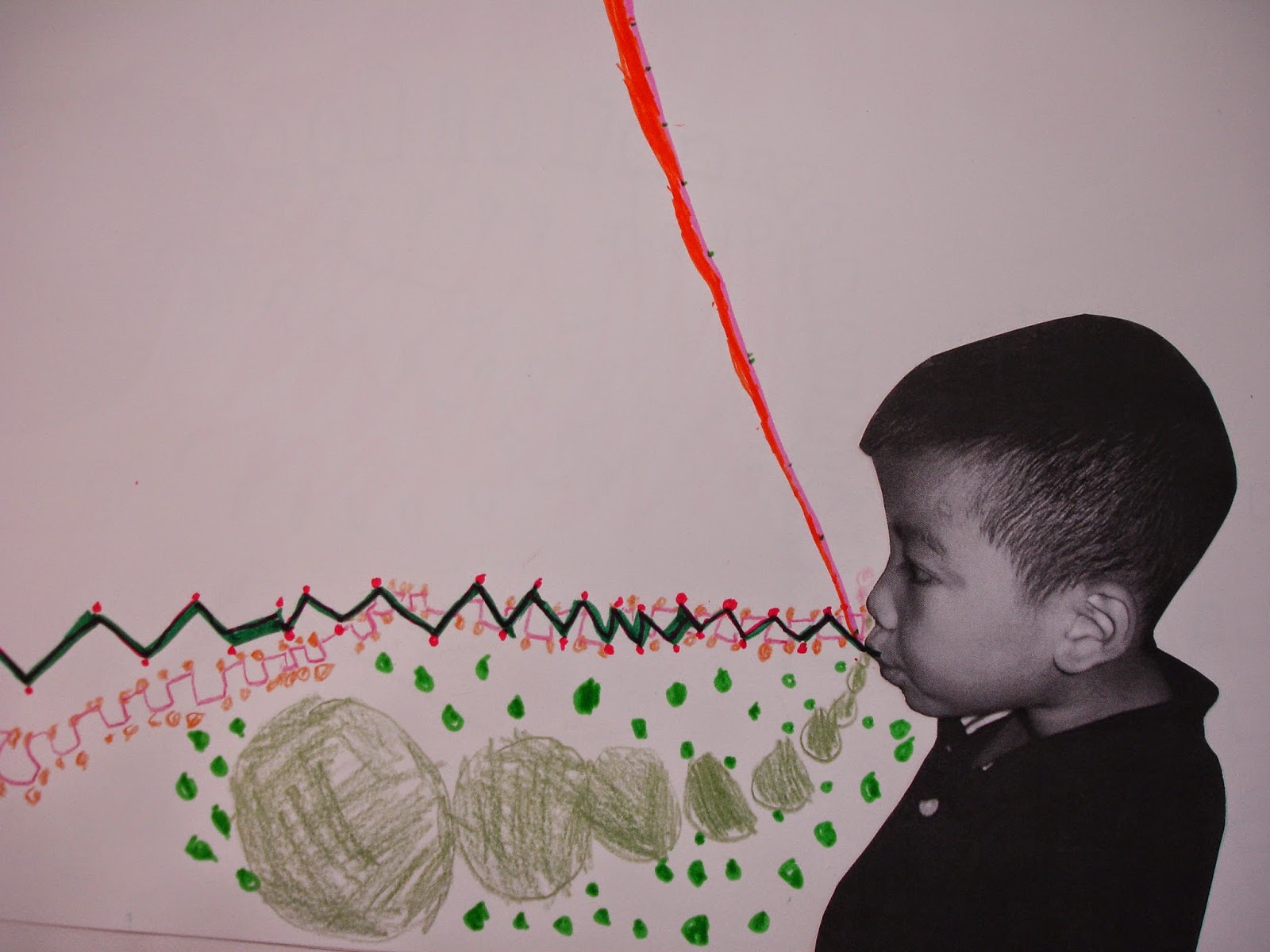 The Ancient Egyptians were
extremely religious people and had very elaborate burial rituals, as well as
complex beliefs about life after death.
According to Ancient
Egyptian myth, death wasn’t the end of life– it was just a process that every
soul must go through in order to reach the next level of eternal life (the
afterlife).
The Ancient Egyptians were
extremely religious people and had very elaborate burial rituals, as well as
complex beliefs about life after death.
According to Ancient
Egyptian myth, death wasn’t the end of life– it was just a process that every
soul must go through in order to reach the next level of eternal life (the
afterlife).
In order to achieve eternal life, they believed you had to preserve the
dead body. This was accomplished by
mummifying it. The mummy would then be
placed inside the tomb with other vital items that they thought they would need
in the afterlife. Mummies were also
accompanied by the death mask. This gave
the dead a face in the afterlife, protected the face and helped to ensure that
the spirit could find the right body to return to. Students discussed the amazing discovery of
King Tutankhamen’s tomb and examined the solid gold death mask that was found
on his mummy.
Next students set out to design their own death masks. Using a mask mold each student used papier mache to create their own
mask. The headdresses on many Egyptian
masks showed images of Egyptian myths and gods.
On the student headdresses they needed to include symbols that could
represent the things that are important to them.





















